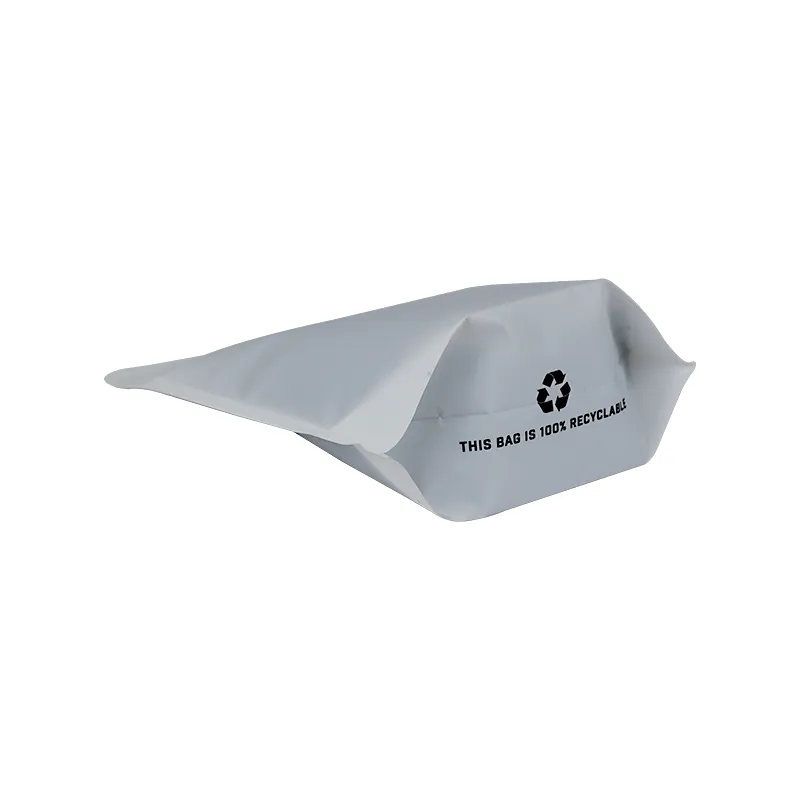- Afrikaans
- Albanian
- Amharic
- Arabic
- Armenian
- Azerbaijani
- Basque
- Belarusian
- Bengali
- Bosnian
- Bulgarian
- Catalan
- Cebuano
- chinese_simplified
- chinese_traditional
- Corsican
- Croatian
- Czech
- Danish
- Dutch
- English
- Esperanto
- Estonian
- Finnish
- French
- Frisian
- Galician
- Georgian
- German
- Greek
- Gujarati
- haitian_creole
- hausa
- hawaiian
- Hebrew
- Hindi
- Miao
- Hungarian
- Icelandic
- igbo
- Indonesian
- irish
- Italian
- Japanese
- Javanese
- Kannada
- kazakh
- Khmer
- Rwandese
- Korean
- Kurdish
- Kyrgyz
- Lao
- Latin
- Latvian
- Lithuanian
- Luxembourgish
- Macedonian
- Malgashi
- Malay
- Malayalam
- Maltese
- Maori
- Marathi
- Mongolian
- Myanmar
- Nepali
- Norwegian
- Norwegian
- Occitan
- Pashto
- Persian
- Polish
- Portuguese
- Punjabi
- Romanian
- Russian
- Samoan
- scottish-gaelic
- Serbian
- Sesotho
- Shona
- Sindhi
- Sinhala
- Slovak
- Slovenian
- Somali
- Spanish
- Sundanese
- Swahili
- Swedish
- Tagalog
- Tajik
- Tamil
- Tatar
- Telugu
- Thai
- Turkish
- Turkmen
- Ukrainian
- Urdu
- Uighur
- Uzbek
- Vietnamese
- Welsh
- Bantu
- Yiddish
- Yoruba
- Zulu
Eco-Friendly Packaging Solutions for a Sustainable Future
The Rise of Eco-Friendly Packaging A Sustainable Future
As the world becomes increasingly aware of the environmental challenges we face, the focus on sustainable practices has gained tremendous momentum. One of the most significant aspects of this movement is the transition from traditional packaging methods to eco-friendly packaging solutions. This shift is not just a trend; it is a vital step toward a more sustainable future.
What is Eco-Friendly Packaging?
Eco-friendly packaging refers to materials and processes that have a minimal impact on the environment. This includes using biodegradable, recyclable, and compostable materials instead of conventional plastics and other non-renewable resources. The main goal of eco-friendly packaging is to reduce waste, lower carbon footprints, and conserve natural resources.
Why is Eco-Friendly Packaging Important?
The environmental consequences of traditional packaging are profound. Each year, millions of tons of plastic waste pollute our oceans, harm wildlife, and contribute to greenhouse gas emissions. In fact, plastic packaging alone accounts for a significant portion of the world’s plastic waste. It takes hundreds of years for plastics to decompose, leading to long-term environmental damage.
In contrast, eco-friendly packaging addresses these issues head-on. By shifting to materials that are biodegradable or can easily be integrated back into the ecosystem, businesses can drastically reduce their ecological impact. Moreover, eco-friendly packaging nurtures a circular economy, where materials are reused and recycled, minimizing waste and resource consumption.
Types of Eco-Friendly Packaging
There are several types of eco-friendly packaging solutions available today
1. Biodegradable Packaging Made from natural materials such as cornstarch, sugarcane, and cellulose, biodegradable packaging decomposes naturally within a short period under appropriate conditions.
2. Recyclable Packaging Materials like glass, metal, and certain plastics can be recycled numerous times without losing quality. This type of packaging minimizes waste and promotes resource conservation.
packaging eco friendly

3. Compostable Packaging Unlike biodegradable packaging, compostable materials break down into nutrient-rich compost under specific conditions, enriching the soil and minimizing waste.
4. Reusable Packaging Many companies are adopting reusable packaging systems, where customers can return containers for refills. This approach significantly cuts down on one-time-use materials.
5. Minimalist Packaging Some brands are opting for minimalistic designs that reduce the amount of packaging used. This not only saves materials but also lowers shipping costs and emissions.
The Benefits of Eco-Friendly Packaging
Choosing eco-friendly packaging comes with several benefits, both for businesses and consumers. Firstly, it enhances brand image. Today’s consumers are more environmentally conscious than ever, and they prefer brands that demonstrate a commitment to sustainability. Therefore, utilizing eco-friendly packaging can lead to increased customer loyalty and brand differentiation.
Secondly, it can lead to cost savings in the long run. While the initial investment in eco-friendly materials may be higher, businesses can save money by reducing waste disposal costs and benefiting from potential tax incentives for sustainable practices.
Moreover, regulatory pressures are on the rise as governments worldwide begin to implement stricter laws regarding plastic use and waste management. By adopting eco-friendly packaging, businesses can stay ahead of regulations, avoiding penalties and enhancing compliance.
Challenges and the Way Forward
Despite its numerous advantages, the transition to eco-friendly packaging does come with challenges. The cost of sustainable materials can be prohibitive for small businesses, and finding suppliers who meet eco-friendly standards may be difficult. Additionally, the performance of some green materials may not yet match that of traditional packaging.
However, innovation in sustainable materials is progressing rapidly. Research in bioplastics and other environmental solutions is expanding, making it easier for businesses to make the switch.
In conclusion, the move toward eco-friendly packaging is not merely an option; it is an imperative for sustainability. By embracing eco-friendly practices, businesses can contribute to reducing environmental impact, cater to the changing preferences of consumers, and build a better future for generations to come. The journey may have obstacles, but the collective effort toward sustainable packaging will pave the way for a greener tomorrow.













